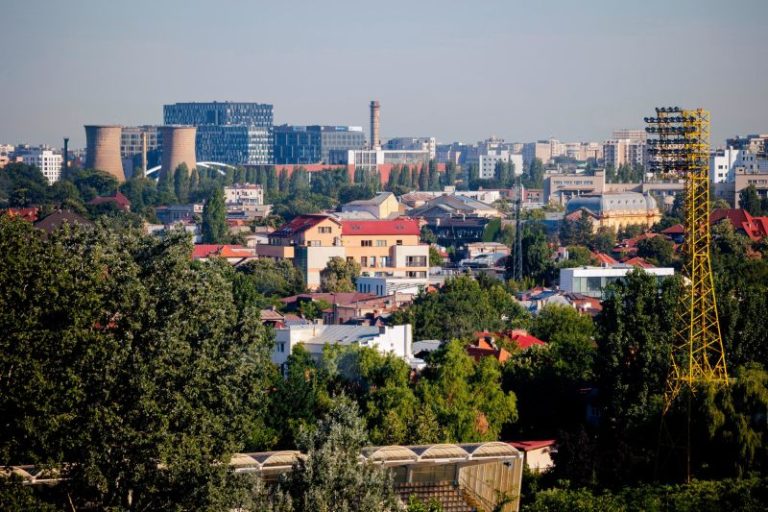The European Council has decided to enlarge the border-free Schengen area to include Bulgaria and Romania, the council’s Spanish presidency said Saturday.
Controls on air and sea borders will be lifted as of March 2024, and discussions on lifting controls at land borders will continue in the new year, according to a statement by the European Commission.
“An enlarged Schengen area will make the EU stronger as a Union, internally and on the global stage,” the commission said, welcoming both countries.
The Schengen area currently offers unrestricted travel within a territory of 26 countries (of which 22 are EU countries), and includes more than 400 million citizens, making it the largest area of free movement in the world, according to the Commission.
The decision to add Bulgaria and Romania was unanimously approved by the European Council, the commission also said, noting that it had sent multiple “fact-finding missions” in 2022 and 2023 to the countries’ external borders to confirm their readiness to join Schengen.
European Council President Charles Michel sent his congratulations to Romania and Bulgaria via X, calling it “a long awaited step for Romanian and Bulgarian citizens to enjoy easier freedom of movement with the perspective of land transport to come.”
European Commission President Ursula von der Leyen described the decision as “a historic moment for Bulgaria and Romania. And a day of great pride for Romanian and Bulgarian citizens… This is a major step forward for both countries and for the Schengen area as a whole.”
Romania and Bulgaria also hailed the decision, with Romanian Foreign Minister Luminita Odobescu writing on X, that it is “an important outcome for Romania’s citizens. Our thanks to all EU partners and institutions for the support. Romania remains committed to a strong and secure Schengen area.”
Romanian President Klaus Iohannis echoed his foreign minister’s comments, saying on X, it “is a an important step for the benefit of the Romanian people.”
Meanwhile Bulgaria’s Foreign Minister Mariya Gabriel posted on X that “today Schengen becomes stronger with Bulgaria and Romania.”

